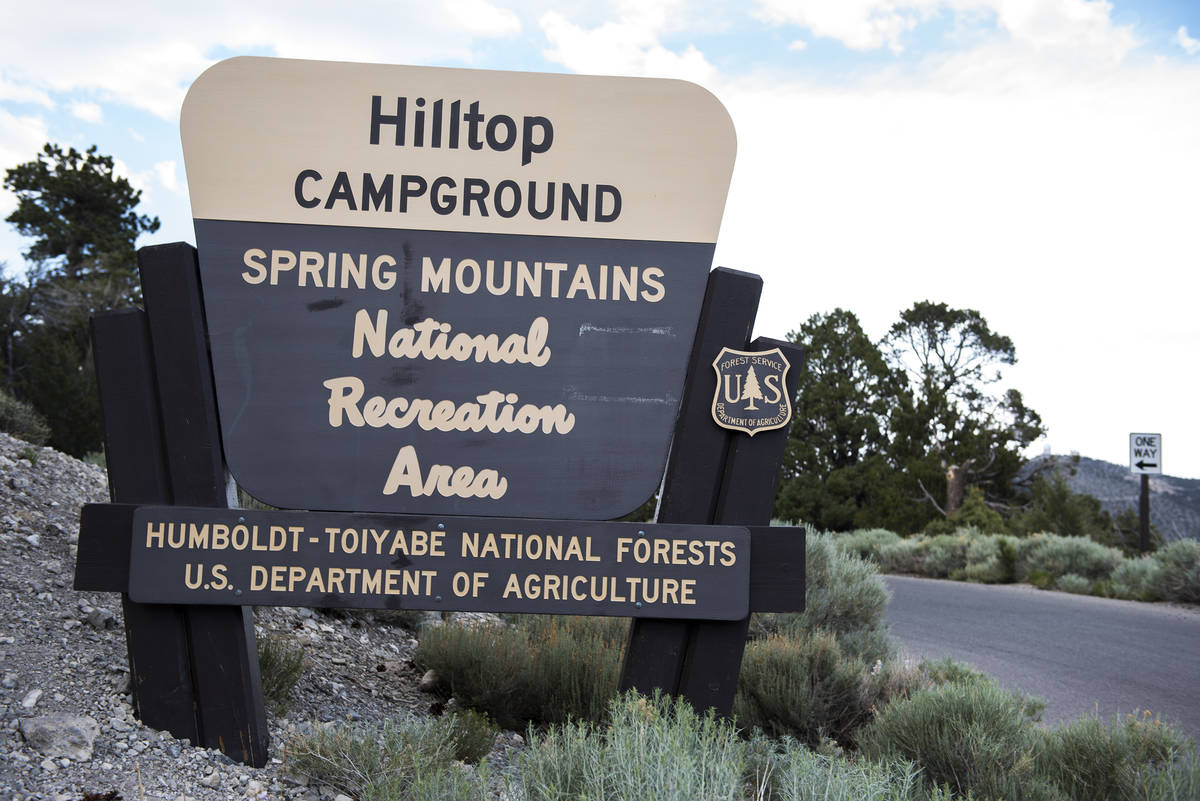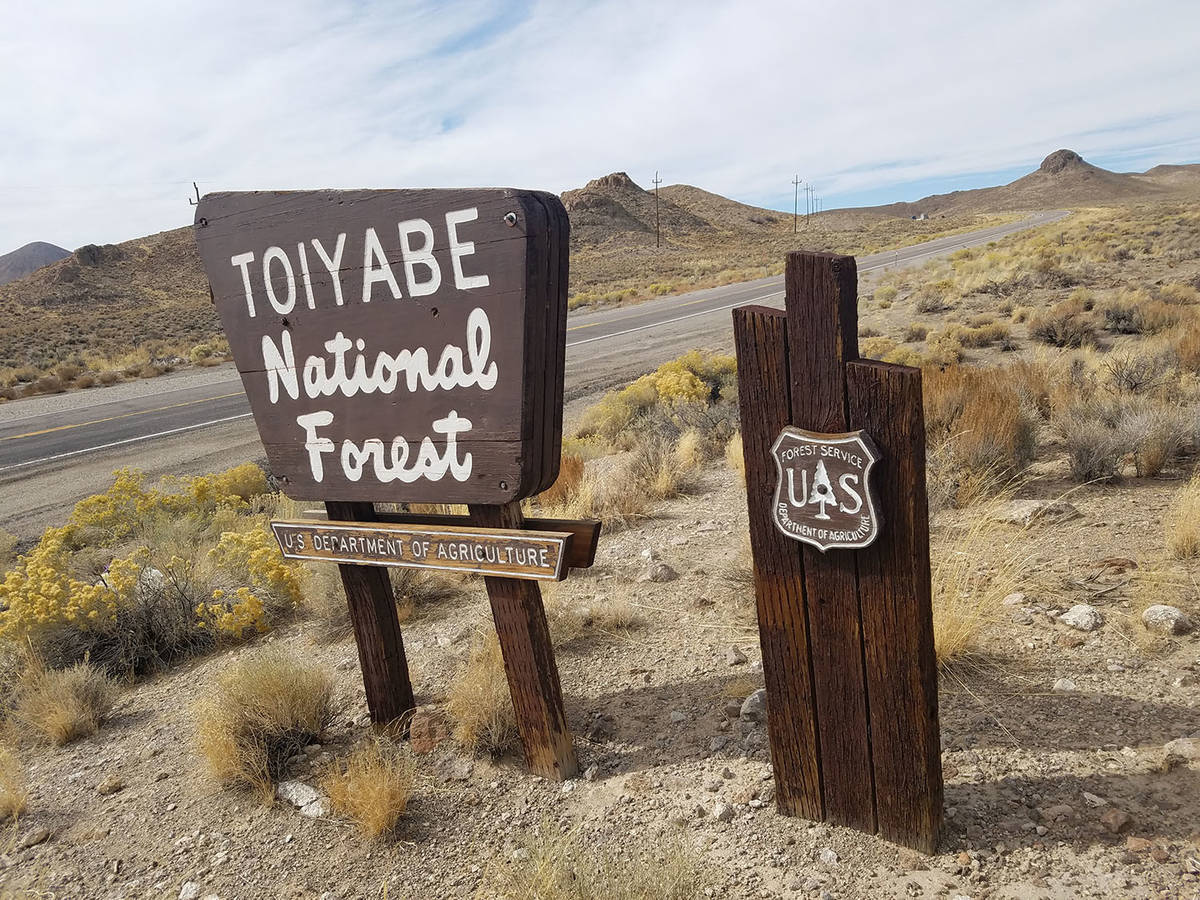Prescribed burning planned for Spring Mountains area
Spring Mountains National Recreation Area’s fire crews will begin pile burning beginning in February to May 2021, weather and fuel conditions permitting, as part of Humboldt-Toiyabe National Forest’s hazardous fuels reduction efforts.
Prescribed fire is a proactive tool used to achieve a number of purposes, including the reduction of hazardous fuels in the form of overgrown vegetation. The three general types of prescribed fire are pile burning, understory/underburning and broadcast burning, all of which help decrease the threat of high intensity, high-severity wildfires; reduce the risk of insect and disease outbreak; recycle nutrients that increase soil productivity; and improve wildlife habitat. Another benefit resulting from prescribed fire is a reduction in wildfire danger to local communities.
The actual days of ignition for pile burning will depend on several factors including appropriate humidity levels, wind speed and direction, temperature and fuel moisture. Burns only occur on days when weather conditions exist for smoke dispersal. The public can get prescribed burn updates by visiting the national forest’s Facebook (https://www.facebook.com/HumboldtToiyabeNF/) or Twitter (https://twitter.com/HumboldtToiyabe) pages.
“Air quality considerations are an important part of prescribed fire, and each fire prescription is planned to disperse smoke rapidly and reduce lingering haze,” fuels specialist Josh Thalacker said. “Before each prescribed fire is ignited, fire managers will get approval from the local air quality district in which the burn is to take place.”
Fire crews divide large landscape burns into blocks of land over multiple days. This allows them to halt burning activity within those areas if anything is out of the pre-established prescription conditions, such as too much wind. Crews can start again when conditions are more acceptable. Fire managers create a burn plan, which includes smoke management details, fire control measures, acceptable weather parameters and equipment and personnel needs. The burn plan also describes in detail how the ecosystem will benefit from fire.
Please do not call 911 about burning in the areas referred below. Local fire departments are aware of these burning activities. For information on pile burning activities in the Spring Mountains National Recreation Area, please call Josh Thalacker at 702-515-5441.
Possible burn locations include the Kyle Borrow Pit, the Lee Canyon Pit, the Cathedral Rock Picnic Area, Potosi Hazardous Fuels and Camp Stimpson.
At the Kyle Borrow Pit, roughly 2 acres of pile burning is planned near mile marker 5 off of state Route 157 (Kyle Canyon Road), across the road from the Forest Service Fire Station. At the Lee Canyon Borrow Pit, roughly 2 acres of pile burning is planned along the north side of the road near mile marker 7 on state Route 156 (Lee Canyon Road).
At Cathedral Rock Picnic Area, roughly 3 acres of pile burning is planned on the upper area at the end of Route 157 (Kyle Canyon Road). Roughly 400 acres of pile burning is planned for Potosi Hazardous Fuels near mile marker 20 on state Route 160, 1 mile south of Mountain Springs. At Camp Stimpson, approximately 20 acres of pile burning is planned near mile marker 6 on state Route 158, one-half mile northwest of Deer Creek Picnic Area.
For additional information on the Humboldt-Toiyabe National Forest, please visit www.fs.usda.gov/htnf or participate in the conversation at https://twitter.com/HumboldtToiyabe and https://www.facebook.com/HumboldtToiyabeNF/


















